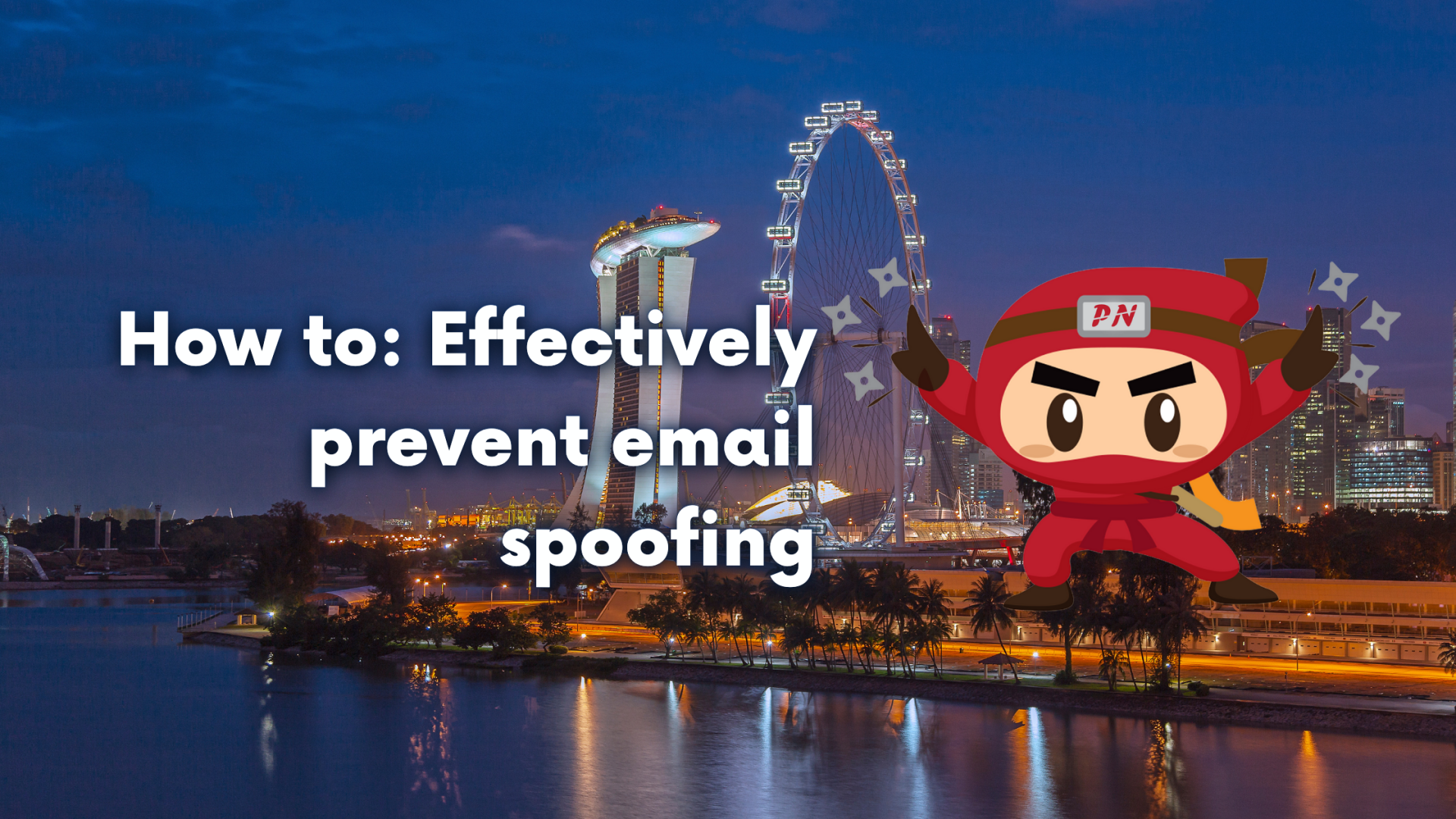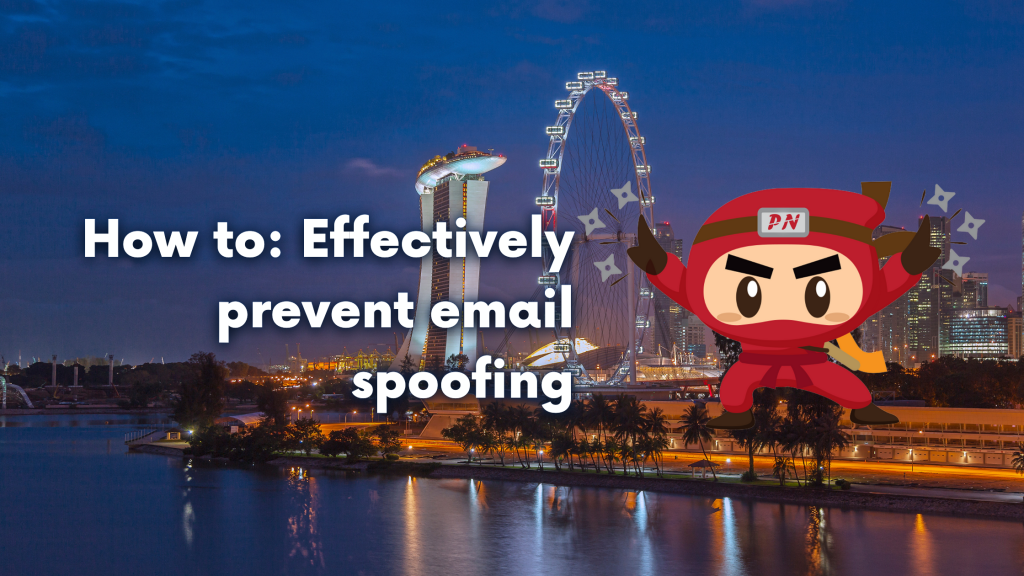KEEP IN TOUCH
Subscribe to our mailing list to get free tips on Data Protection and Cybersecurity updates weekly!



Email spoofing is a typical phishing and social engineering attack method. Spoofing efforts often surge during important shopping holidays, such as Black Friday and Amazon Prime Day, and the latest LinkedIn data scrape has already resulted in an increase in spoofing attempts. With these concerns in mind, it’s critical to understand how spoofing works and what you can do to defend yourself, your workers, and your organization against spoofing attacks.
Email spoofing is a method in which seemingly benign emails seem to be sent by a legitimate sender. Spoofers falsify or change email information, such as the display name and email address, to fool the intended recipient into thinking they are genuine. Spoofers may sometimes establish a legitimate-looking email address by altering only one or two letters in a company name, such as “Arnazon” instead of “Amazon,” or other letter swaps that need a keen eye to detect.
Hackers widely use email spoofing in conjunction with other social engineering tactics to imitate an official source, whether it’s a colleague, partner, or rival. These methods seek to influence the intended target’s emotions; sometimes, this is achieved by establishing a false feeling of urgency around a fictitious situation or playing on the victim’s sympathy. Spear phishing and whaling are common social engineering strategies.
Spear phishing attacks use malicious links or attachments in the body of a faked email to target particular victims. When a hacker’s targeted target clicks on the link or attachment, a malware assault is launched before the victim can stop it. Similarly, whaling tactics attempt to persuade C-suite executives to take a specific action (such as clicking a link or attachment) or reveal confidential business information. When paired with these strategies, a successful spoofing effort can have catastrophic repercussions.
Also Read: PDPC: New guidance on personal data protection practices

Each email client employs a unique application program interface (API) to send an email. Some programs enable users to select an email address from a drop-down menu as the sender address for an outgoing message. This feature, however, may also be accessible by scripts written in any language. Each open email message contains a sender address that reveals the original user’s email application or service address. An attacker can send an email on behalf of anybody by changing the application or service.
Let’s just say it’s now feasible to send hundreds of bogus emails from a legitimate email domain! Furthermore, you do not need to be a seasoned coder to utilize this script. Threat actors can modify the code to their taste and begin sending messages from another person’s email domain. This is how an email spoofing attack is carried out.

Despite the fact that email spoofing techniques are growing more complex by the day, there are a few strategies that can assist avoid a successful email spoofing assault. The DMARC protocol, frequent personnel training, and consistent business branding are examples.
DMARC Protocol
The Domain-based Message Authentication, Reporting, and Conformance (DMARC) protocol are one of the most effective defenses against email spoofing. It’s a customizable policy layer of email security that enables authentication technologies, including the Sender Policy Framework (SPF) and Domain Keys Identified Mail (DKIM). In effect, DMARC can protect your organization’s domain from being used for malicious purposes. It also sets parameters for detecting forged sender information, so you can rest assured that an email is actually from the indicated sender.
Employee Training
Like other cybersecurity measures, employee training serves to construct a barrier against assaults that can bypass technical protections. Set aside time at least once a year (if not more frequently) to train your personnel on what to look for in a genuine email versus a counterfeit one. Then, run more tests to determine who is still vulnerable to spoofing attacks. This will assist in guaranteeing that everyone on your team has the necessary knowledge to behave correctly if a faked email comes into their inbox.

Company Branding
Email spoofing can also have an influence on your consumers. As a result, consistent business branding in your marketing emails is critical to preventing effective spoofing attempts. Your email branding should be consistent with the rest of your marketing materials, such as your website, social media profiles, and print pieces. When your consumers can quickly identify a valid email from your organization, they will also be able to identify a faked email.
Email spoofing is a constantly evolving threat
Email spoofing will remain a concern as long as your company uses email to communicate internally and externally. According to the FBI’s IC3 2020 Internet Crime Report, email spoofing caused more than $216 million in damages in 2020 alone. Spoofed emails may appear differently from day to day, but you can’t afford to be complacent when it comes to suspicious emails.
Also Read: Ransomware threats and how small businesses can fight them